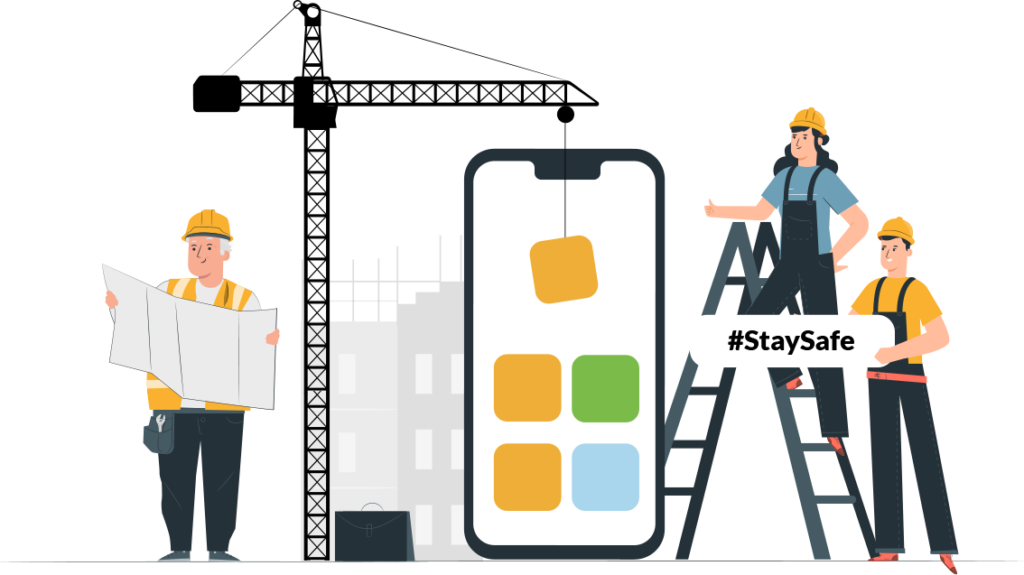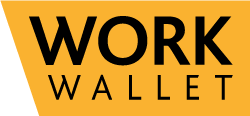The consequences of health and safety non-compliance
01 October 2021

The consequences of health and safety non-compliance can be severe, both personally for the individuals involved and for the business in breach. How can you make sure you’re not breaching your obligations?
They include injury and potentially death for those directly affected, as well as civil and criminal penalties for businesses and their directors, and heavy fines and regulatory sanctions.
Basic breaches can attract fines of £20,000 from the HSE. More serious breaches can trigger unlimited fines, which can easily financially destroy a business. Adding to that the potential for serious reputational issues, the effects of a breach can be devastating.
Statistics from the Health and Safety Executive published in July 2021 show there were 142 workplace fatalities in the previous year – with half of those coming from only four high-risk industries: agriculture, forestry, fishing, and construction.
The most significant cause of death was falls from height (25%). Strikes by moving vehicles or objects was next.
Health and safety goes beyond the immediate workplace and its employees though. Sixty members of the public died as well, according to the statistics. Additionally, self-employed people (i.e. contractors) accounted for 35% of deaths in construction.
So how can businesses fulfil their duties, to avoid the consequences of health and safety non-compliance?
Know the law
The starting point should of course be knowing what your obligations are. Without that knowledge, how can you possibly hope to be compliant?
Key legislation to be aware of includes the Health and Safety at Work Act 1974, and the Corporate Manslaughter and Corporate Homicide Act 2007.
This includes responsibilities to not only look after your own employees, but also any contractors or visitors that enter your workplace. Any harm caused to third parties by a business' employees can also make that business vicariously liable.
Training must be given to employees. Processes must safe and secure, and be followed. Equipment must be maintained and fit for purpose. These responsibilities all belong t0 the business.
If you are unsure of your legal obligations, seek legal advice, and consider hiring a qualified safety professional to guide you.
Safety culture
The next most crucial aspect for any business considering its health and safety obligations should of course be the welfare of its workers.
Making sure their needs are at the centre of your plans ensures you have the right base motivations. Moreover, it helps you grow a genuine safety culture within your organisation.
Having a good safety culture in your business is invaluable.
Firstly, everyone must keep themselves and others safe. This requires good training, knowing what they need to do to.
Secondly, everyone should be confident in the business’ health and safety controls. Thirdly, communication must be clear, consistent and timely.
Health and safety isn’t just a tick-box exercise, and you need staff to buy in to your safety culture. Any business looking to just barely scrape by its minimum requirements is unlikely to succeed,
Effective safety systems
It is essential to make sure your systems and processes are both simple and robust. This will help evidence compliance in the event of a legal or regulatory challenge.
Arguably, it is impossible to completely prevent incidents occurring. After all, you cannot predict every eventuality, or completely remove human variables. Therefore, it is your role to mitigate those possibilities as much as possible.
Have good systems and processes in place includes aspects such as:
- Briefings and Inductions, make sure everyone has been clearly understand, communicated with, and acknowledge your essential safety notices.
- Risk assessments of your working environment, both for evident practical issues and more remote threats.
- Authorisation of high-risk activities on your site, perhaps using Permits to Work – whereby you know who is on site and when, doing what activity, and that they are suitably qualified
- Audits and inspections at regular intervals, to make sure your processes are being adhered to and your plant and equipment is in good order.
- Accident and near-miss reporting for when things do go wrong, making sure you follow up on reports quickly and rectify issues in a reasonable and proportionate way.
- Monitoring lone working, which has the potential to cause low-level incidents to have more serious consequences, because of delayed emergency response times.
- Training for staff, and visitors to your premises, that effectively sets out how certain tasks (such as heavy lifting) should be performed. Additionally, it should set out your compliance processes and how individuals support their effectiveness.
Work Wallet can help you
Work Wallet is an award-winning health and safety management software platform, for use by businesses of all types, sizes and sectors.
Its easy-to-use, all-in-one, mobile-first, modular health and safety software technology covers all your health and safety requirements. It includes all the elements outlined above, allowing you to choose the modules that suit your needs. A comprehensive reporting dashboard within the tool subsequently presents all the data gathered.
You can also enhance your Work Wallet experience by subscribing to Site Gateway. This feature allows you to digitally onboard contractors and visitors in advance, freeing up site managers' time.
Digital Inductions, Toolbox Talks, and Permit to Work requests can all completed remotely, before arrival.
Safety software
Consequently, using Work Wallet's unified digital service dispenses with unwieldy paper-based systems. This eliminates juggling multiple electronic platforms, which often struggle to integrate. Having everything easily accessible and controllable in one place gives businesses the assurance they need in their compliance processes.
Moreover, they have the ability to act in real-time to unfolding events. Importantly, they also have the instant capability to evidence compliance if the need arises. Altogether, this helps avoid the consequences of health and safety non-compliance.
Share post
More Posts
8 reasons businesses use health and safety systems
Oct 2021
Health and safety systems are essential Health and safety systems are undeniably influential tools in the workplace. The wellbeing of...
Hybrid working or back into the workplace full time?
Sep 2021
Getting people back to work safely is a key topic as the country looks to a full unlock. Communication when...



